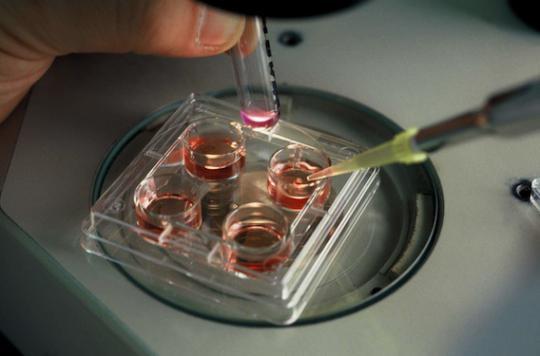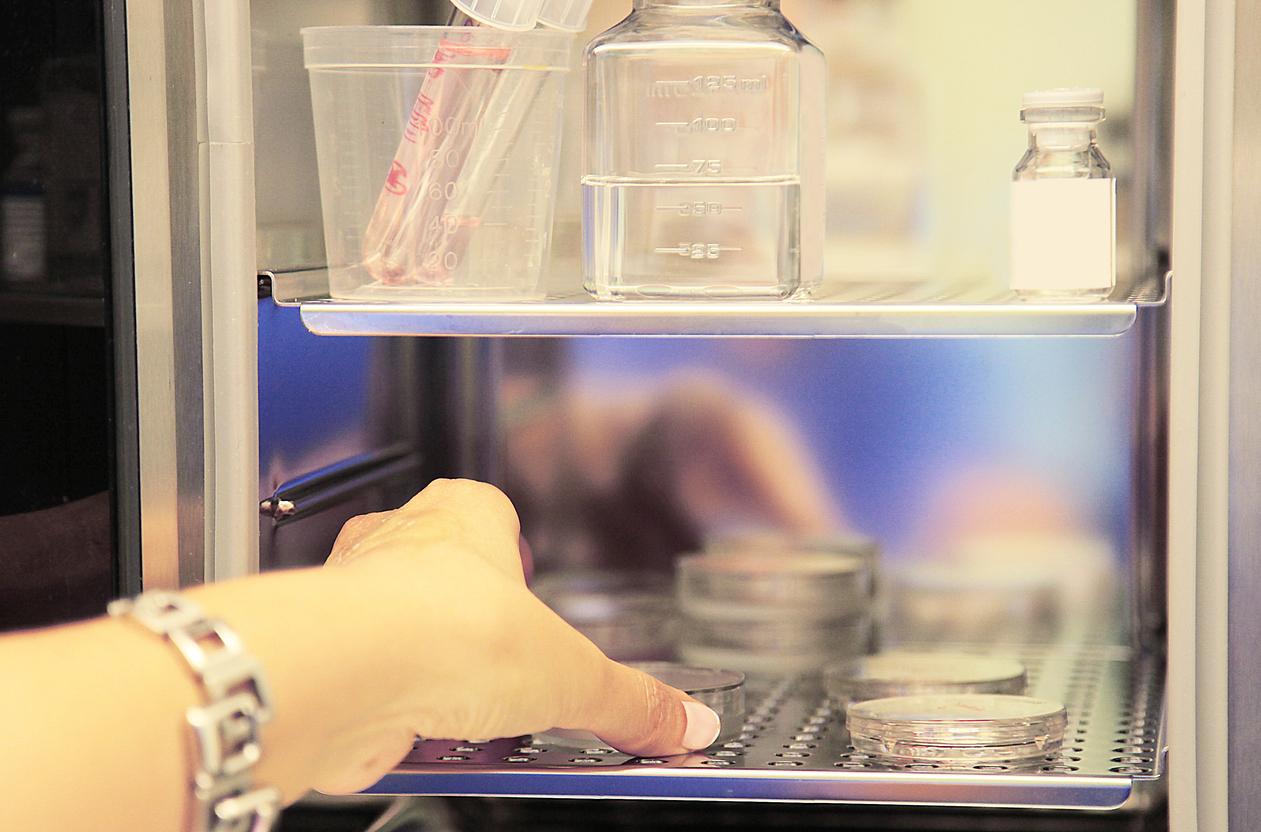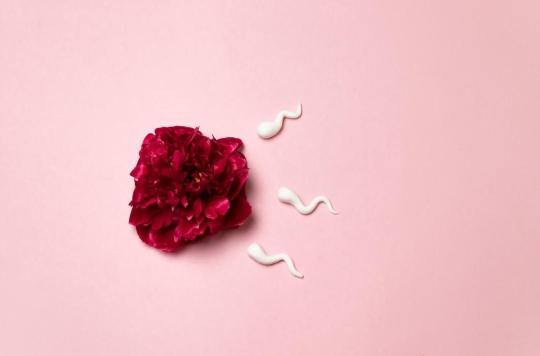An American study shows that the use of frozen oocytes for in vitro fertilization is associated with a lower rate of live births compared to that with fresh oocytes.

Since the first in vitro fertilization (IVF) in France in 1982, nearly 200,000 test tube babies have been born. A medical feat that brought sterile couples the hope of having a child. But this incredible advance is based on complex techniques using either fresh oocytes or frozen oocytes. Until now, the success rates were thought to be similar. A fact questioned by a study published this Tuesday in the journal JAMA.
According to this work based on the annual report of IVF in the United States in 2013, attempts with cryopreserved oocytes experienced a higher failure rate than those using fresh oocytes. Indeed, the data show that the rate of live births after fertilization and insemination of a fresh oocyte is 50% compared to 47% with frozen oocytes.
An unexplained difference
A difference that researchers at the Center for Human Reproduction in New York cannot explain. However, they assume that this is due to the fact that the selection step involves fewer cryo-conserved oocytes than fresh oocytes. Thus, the greater the number of oocytes, the more likely it is that the insemination will work. However, it is not excluded that cryo-conservation may alter the quality of the oocytes.
In addition, the researchers stress that these results should be viewed with caution, because the data processed is anonymous. They therefore did not have access to the age of the donor and recipient or the causes of infertility.
In France, vitrification – ultra-rapid freezing – of oocytes “for convenience” is prohibited. But it is offered to women receiving medically assisted procreation and those undergoing treatments that may alter their fertility, such as chemotherapy.
.














